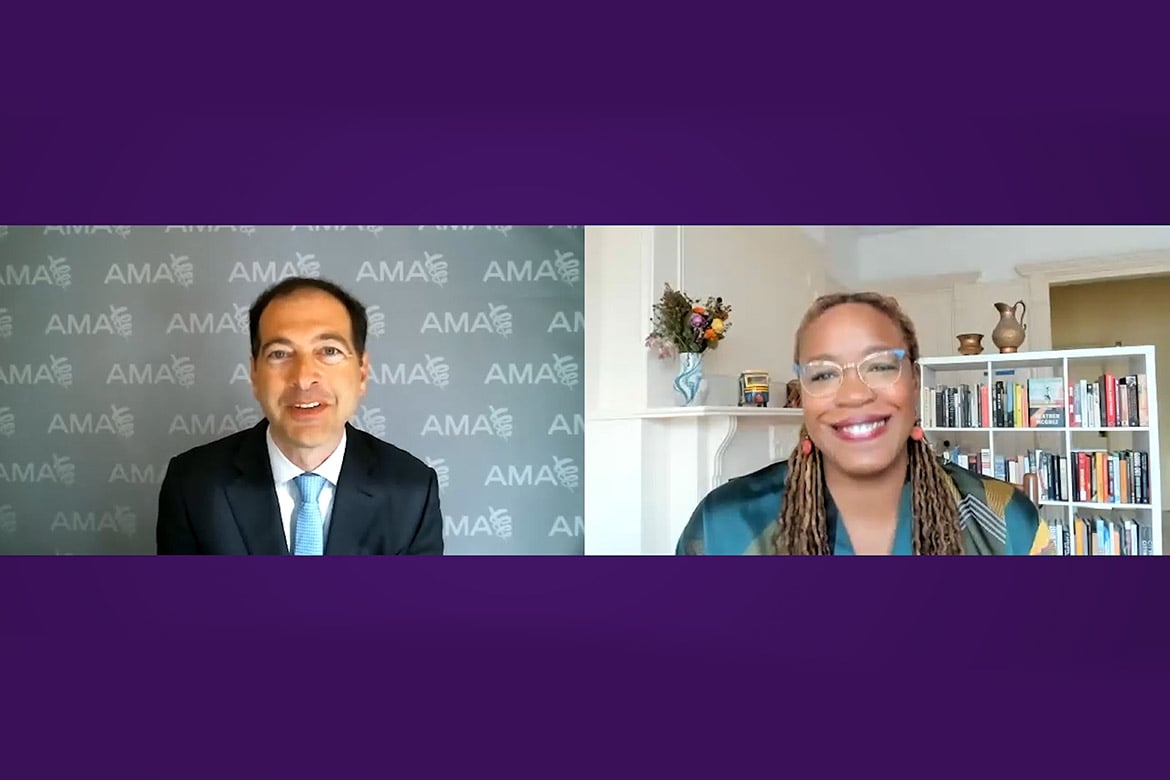If you were to go back to early 1950s America, you would almost certainly notice a curious cultural phenomenon: lavish, resort-style public swimming pools—some 2,000 of them in cities across the country—each capable of entertaining thousands of people. They had been built for communities at huge public cost. But strangely, these symbols of American civic pride would largely disappear from the landscape within 20 years of being built.
Their disappearance wasn’t a function of changing tastes in recreation or even changing economics. Rather, municipalities across the U.S. decided to drain their public swimming pools for a far more cynical reason: They didn’t want to comply with desegregation.
But don’t assume that that mentality is a feature of the past, says Heather McGhee, author of The Sum of Us: What Racism Costs Everyone and How We Can Prosper Together. In the bestselling book, McGhee discusses this stark reality turned metaphor of draining the pools. Racism lives on in U.S. education, banking, law enforcement, transportation and health care policy to this day. Draining resources to spite one group has far greater negative effects on the whole society, McGhee argues.
“We tend to drain the pool of public goods when the public becomes more diverse,” McGhee said, citing recent rural hospital closures as an example, during a conversation with AMA President-elect Jack Resneck Jr., MD. “Racism is so pervasive in our politics and our policymaking—it so distorts our collective solutions to common problems—that it ends up having a cost for everyone.”
Learn more about the AMA’s strategic plan to embed racial justice and advance health equity.
Fear is potent
The heart of the matter is the false notion that progress for one group necessarily comes at another’s expense, McGhee told Dr. Resneck. Their conversation was part of AMA House of Delegates Health Equity Forum (AMA members only) at the November 2021 AMA Special Meeting.
“As the pandemic revealed, we are only as safe and secure and healthy and thriving as are our neighbors,” McGhee said. That reality puts the lie to the “belief in the hierarchy of human value” that distorts policymaking and impedes the effort to achieve equity in health care and many other areas of American life, she added.
Takeaway for physicians
The AMA is one of the biggest levers for change in medicine, McGhee noted, yet remains a predominantly white institution. Likewise, the physician workforce is mostly white.
To make progress on equity, it will be necessary to reach “a lot of white Americans who have been taught for generations—through so many different avenues—that it's about ‘us versus them’ on a fundamental level,” she said.
The key is being able to envision what McGhee calls “solidarity dividends”—the ways that all of society can benefit when racial and ethnic groups come together to solve common problems.
Realizing such dividends would make physicians’ work “easier because, upstream, all of our people will be healthier … because there’s not a sense of the drained pool,” she said. “That's going to be better for everyone.”
The AMA’s “Prioritizing Equity” video series illuminates how COVID-19 and other determinants of health uniquely affect marginalized communities, public health and health equity, with an eye on both short-term and long-term implications.




